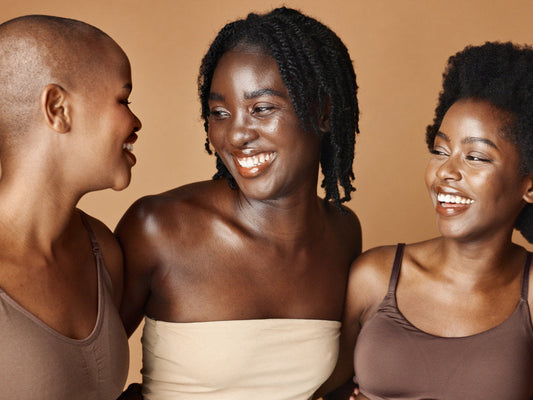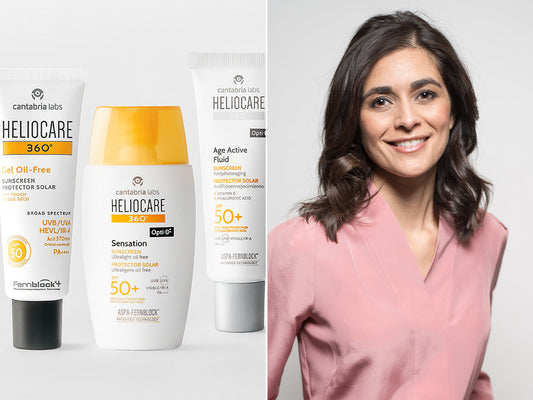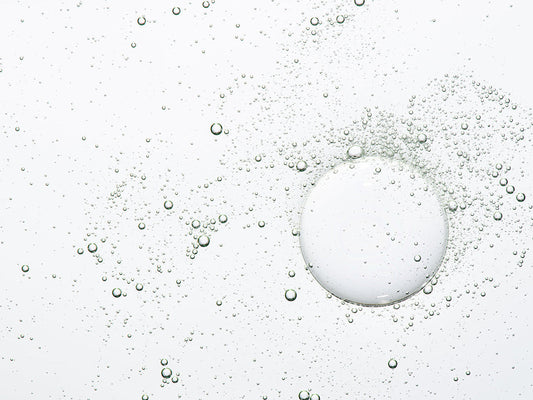What is the ABCDE rule of melanoma skin cancer?
Published on 02 May 2024
Rates of skin cancer are increasing faster than any other cancer in the UK. Research shows that 1 in 4 men and 1 in 5 women will develop a form of skin cancer at least once in their lifetime.1 That’s why it’s so important that we are vigilant and understand more about melanoma so we can spot the signs and act quickly.
What is melanoma skin cancer?
Melanoma is a type of skin cancer that can spread to other areas of the body and is mainly caused by UV radiation from the sun. It can develop anywhere on the body either on normal areas of skin or a mole that has become cancerous.
Signs include:
- A large brownish spot with darker speckles
- A mole that changes in colour, size or feel or that bleeds
- A small lesion with an irregular border and portions that appear red, pink, white, blue or blue-black
- A painful lesion that itches or burns
- Dark lesions on your palms, soles, fingertips or toes, or on mucous membranes lining your mouth, nose, vagina or anus
How can I check for melanoma?
It’s recommended that you check your skin regularly for any abnormalities, and the ABCDE of Melanoma is a great tool to use to help you spot the signs of melanoma:
- Asymmetry – non-uniform with one half of the patch / spot looking different to the other
- Border – irregular or undefined border
- Colour – more than one colour or shade such as shades of tan, brown, black, red, white or blue
- Diameter – melanoma growths are usually larger than 6mm in diameter, (about the diameter of a standard pencil)
- Evolution – changing size, shape, texture or colour over time
If you are concerned about any changes to your skin, including new and existing moles, please get in touch with a healthcare professional or dermatologist.
How can I prevent melanoma?
The best way to help prevent melanoma is to practice good sun safety habits such as:
- Wearing protective clothing when outdoors
- Avoiding direct sunlight between the hours of 10am and 4pm as this is when UV rays are at their strongest
- Wearing UV protective sunglasses to protect your eyes
- Seeking shade and trying and avoid direct sunlight
- Using a high-level broad-spectrum sun cream daily and reapply every 2-3 hours during sun exposure and after swimming or towel drying
Heliocare 360° is a dermatological sunscreen range that provides the very best defence against the sun and daylight to help prevent damage to skin health and premature skin ageing. It offers full-specturm protection against UVA (with PA++++) UVB (with SPF50 or above), visible light and infrared-A and is the only sun protection range that protects skin beyond sunscreen with exclusive, clinically proven Fernblock® antioxidant technology, to help prevent and repair damage to skin health caused by daylight.

Fernblock is used in all Heliocare 360° topical formulations including products for the face, body and for children. It's also available in a supplement form and has been clinically proven to help boost the protection provided by topical sunscreens when used together!2,3



